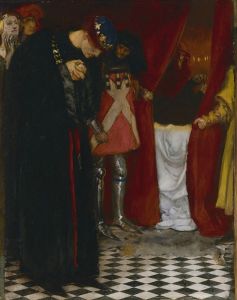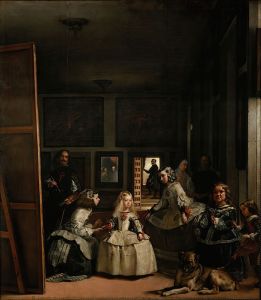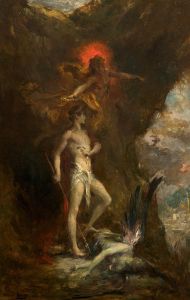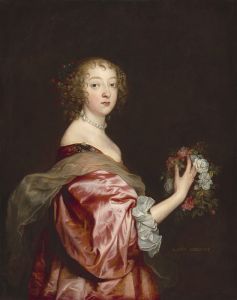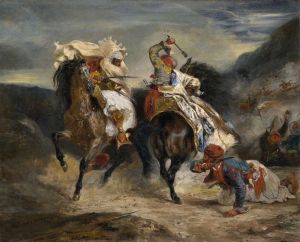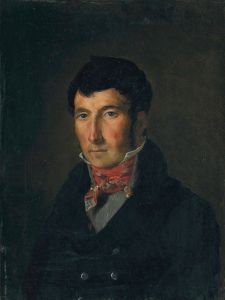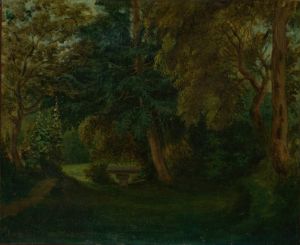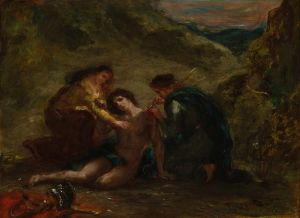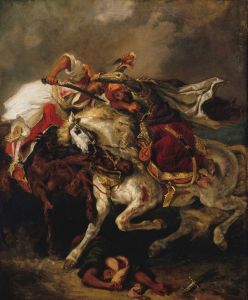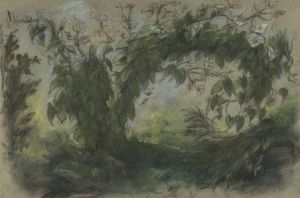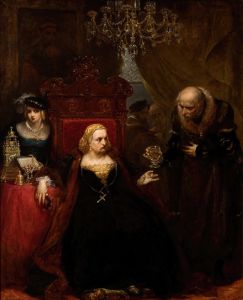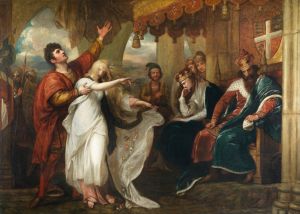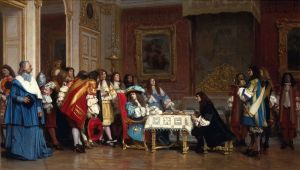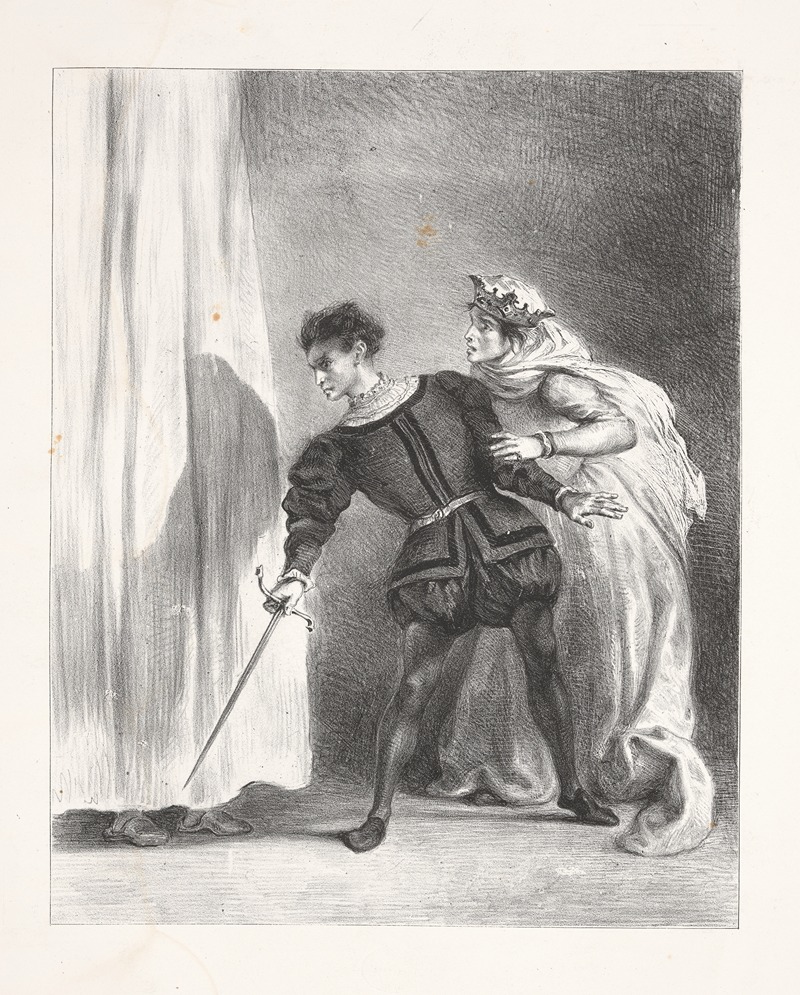
The murder of Polonius
A hand-painted replica of Eugène Delacroix’s masterpiece The murder of Polonius, meticulously crafted by professional artists to capture the true essence of the original. Each piece is created with museum-quality canvas and rare mineral pigments, carefully painted by experienced artists with delicate brushstrokes and rich, layered colors to perfectly recreate the texture of the original artwork. Unlike machine-printed reproductions, this hand-painted version brings the painting to life, infused with the artist’s emotions and skill in every stroke. Whether for personal collection or home decoration, it instantly elevates the artistic atmosphere of any space.
Eugène Delacroix's painting "The Murder of Polonius" is a compelling work that captures a pivotal scene from William Shakespeare's tragedy "Hamlet." Created in 1835, this artwork is a vivid representation of Delacroix's fascination with dramatic literature and his ability to convey intense emotion through his art. Delacroix, a leading figure of the Romantic movement in France, was known for his dynamic compositions and expressive use of color, which are evident in this painting.
The scene depicted in "The Murder of Polonius" is one of the most dramatic moments in "Hamlet." It occurs in Act III, Scene IV, often referred to as the "closet scene," where Hamlet confronts his mother, Queen Gertrude, in her private chamber. During this confrontation, Hamlet hears a noise behind the arras (a type of tapestry) and, suspecting it to be his treacherous uncle King Claudius, impulsively stabs through the fabric. Instead, he discovers that he has killed Polonius, the father of Ophelia and Laertes, who was eavesdropping on the conversation.
Delacroix's interpretation of this scene is marked by its dramatic intensity and emotional depth. The painting captures the moment of Polonius's death with a focus on the chaotic and tragic nature of the event. Hamlet's expression is one of shock and realization, while Polonius's body is depicted in a state of collapse, emphasizing the suddenness and violence of the act. The setting is richly detailed, with the opulent surroundings of Gertrude's chamber providing a stark contrast to the violent act taking place.
Delacroix's use of color and light in "The Murder of Polonius" enhances the drama of the scene. The artist employs a palette of deep reds, rich browns, and dark shadows to create a sense of tension and foreboding. The lighting is dramatic, with sharp contrasts that highlight the figures and their expressions, drawing the viewer's attention to the emotional core of the painting.
This work is a testament to Delacroix's skill in translating literary themes into visual art. His ability to capture the psychological complexity of Shakespeare's characters is evident in the way he portrays Hamlet's inner turmoil and Gertrude's alarm. Delacroix's interest in literature and theater is well-documented, and he often drew inspiration from these sources to create paintings that resonate with narrative depth and emotional power.
"The Murder of Polonius" is part of a series of works by Delacroix that explore themes from "Hamlet." This series reflects the artist's deep engagement with Shakespearean drama and his desire to explore the human condition through the lens of classic literature. Delacroix's paintings of Shakespearean subjects are celebrated for their ability to convey the timeless and universal themes of the plays, such as betrayal, revenge, and the complexities of human relationships.
In summary, Eugène Delacroix's "The Murder of Polonius" is a masterful interpretation of a key moment in "Hamlet," showcasing the artist's talent for capturing the essence of dramatic literature through his expressive and dynamic style. The painting remains a significant example of Romantic art and Delacroix's enduring legacy as a painter who brought literary narratives to life on canvas.





